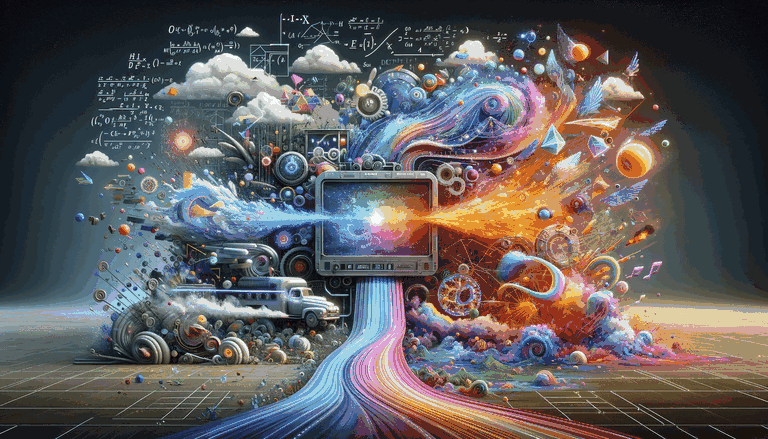How AI Video Generators Transform Concepts into Visual Masterpieces

In the era of rapid technological advancements, artificial intelligence (AI) has permeated various facets of our lives, bringing forth innovative solutions that were once deemed impossible. One such marvel is the AI video generator, a groundbreaking tool that has revolutionized the way we create and consume visual content. In this article, we will delve into the intricacies of how AI video generators work, unraveling the magic behind their ability to transform concepts into captivating videos.
Understanding the Basics:
At its core, an AI video generator relies on deep learning algorithms, specifically convolutional neural networks (CNNs) and recurrent neural networks (RNNs), to analyze and synthesize visual content. These networks are trained on vast datasets that include a diverse range of videos, enabling the AI to learn patterns, styles, and correlations within the data.
The Process
Data Collection and Preprocessing:
The first step involves gathering a massive amount of diverse video data. This data is then preprocessed to extract relevant features, such as frames, objects, and motion patterns. This step is crucial for training the AI to recognize and replicate various visual elements.
Training the Neural Networks:
Convolutional neural networks (CNNs) are employed for image analysis, allowing the AI to understand the visual components within each frame. Recurrent neural networks (RNNs) come into play for temporal analysis, enabling the system to grasp the sequential nature of video content.
Feature Extraction and Representation:
During training, the AI learns to extract meaningful features from the input data. These features serve as the building blocks for generating new content. The AI becomes adept at understanding the relationships between objects, scenes, and movements within videos.
Conceptualization and Scene Understanding:
The AI video generator goes beyond mere replication by understanding the conceptual aspects of the content. It learns to recognize scenes, interpret context, and comprehend the narrative structure of videos.
Content Synthesis:
Armed with the knowledge acquired during training, the AI can now synthesize new video content. Given a textual or visual input, the generator employs its learned features to construct coherent and visually appealing sequences.
Style Transfer and Enhancement:
To add a touch of creativity, some AI video generators incorporate style transfer techniques. These techniques allow the generator to emulate the artistic styles of famous painters or specific visual genres, infusing the generated videos with unique aesthetics.
Output Refinement:
The final step involves refining the generated output to ensure smooth transitions, realistic movements, and overall visual coherence. This may involve additional post-processing techniques to enhance the quality of the final video.
Challenges and Future Developments
While AI video generators have achieved remarkable success, challenges remain, such as handling complex scenes, ensuring ethical use, and improving real-time generation capabilities. The future holds exciting prospects, including advancements in generative adversarial networks (GANs), increased computational power, and the integration of AI video generators into various industries.
AI video generators represent a paradigm shift in content creation, offering a glimpse into a future where machines, including AI agents, can effortlessly translate ideas into captivating visual experiences. As we continue to push the boundaries of AI technology, the possibilities for creative expression and storytelling are boundless, ushering in an era where the line between human and machine-generated content, facilitated by AI avatars, becomes increasingly blurred.
Was this post useful?
Thank you for your feedback!